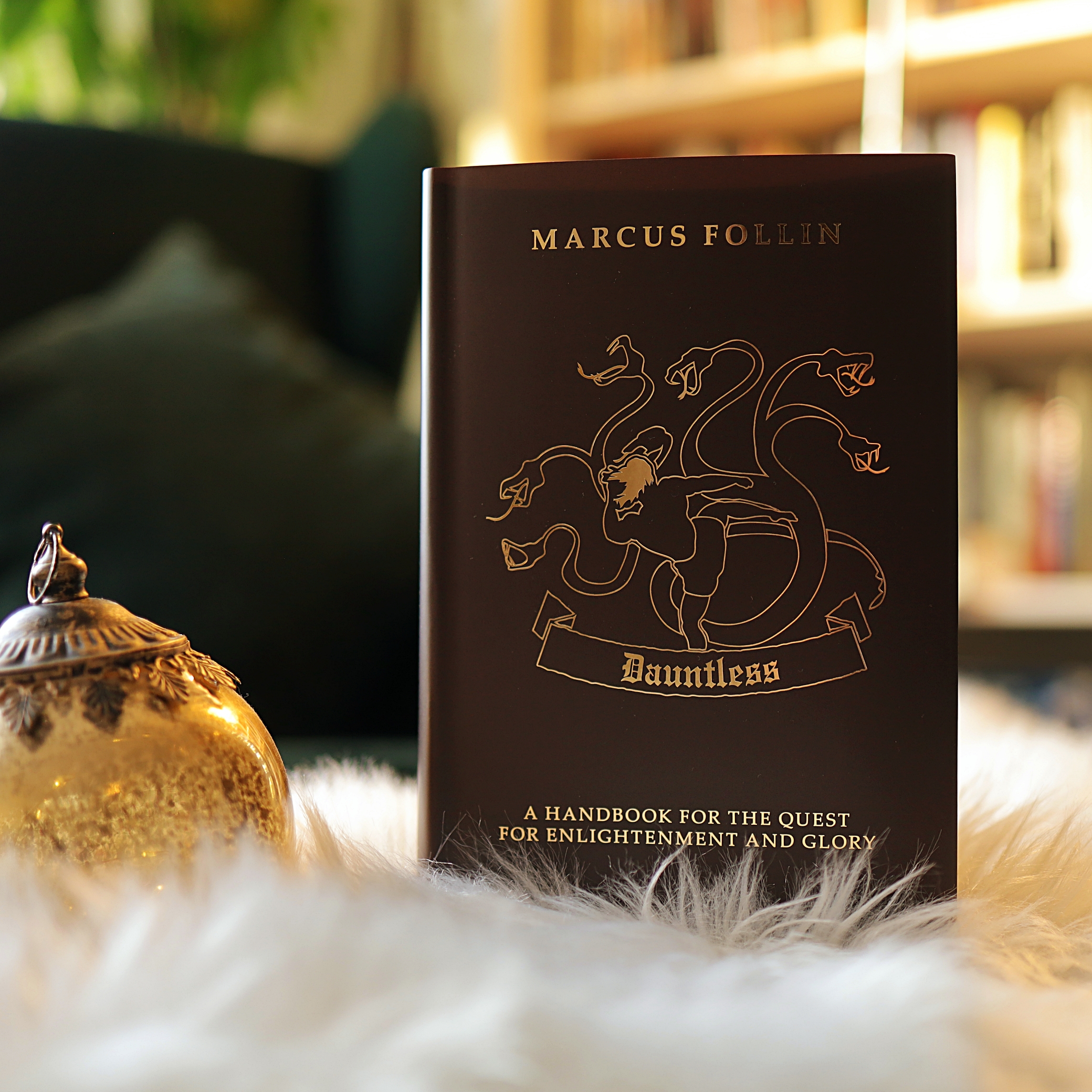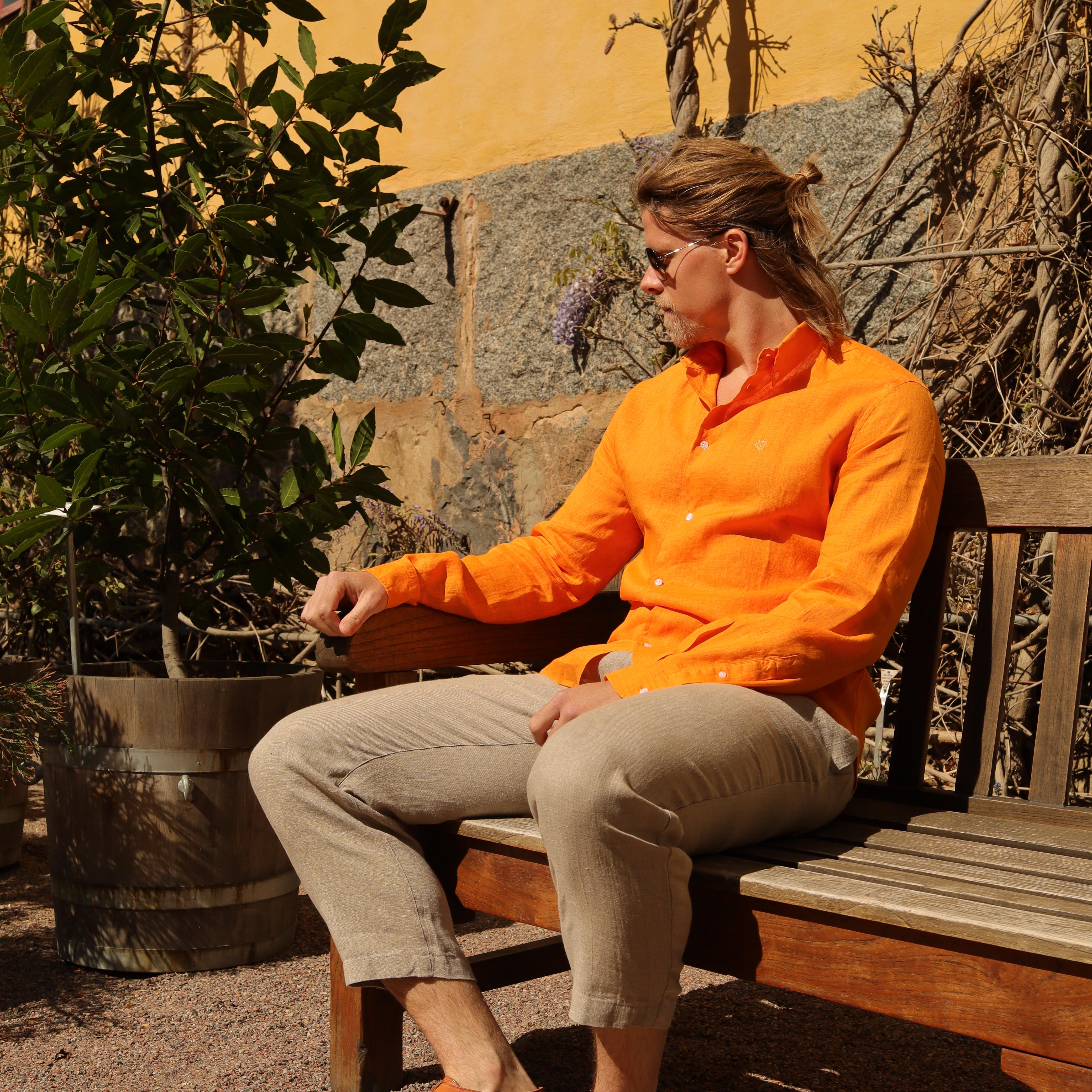Rune Might by Edred Thorsson (Stephen E. Flowers)

I have read Rune Might by Edred Thorsson – which is the pen name of Stephen E. Flowers. I first encountered his writings a while back when reading Icelandic Magic (read my review of it here: Icelandic Magic by Stephen E. Flowers), which I found highly interesting. Therefore, I decided to continue along the same path by reading this book. Gaining more insights into the runes also comes at a good point since I am currently meditating upon the Elder Futhark (as discussed in this video: Esoteric Masters – Vital Elements Review).
Just as Icelandic Magic, Rune Might contains plenty of practical instructions, which is great. There is plenty of theory to be had, and I suppose that you, my dear reader, are more interested in the practical applications of magic. This is definitely true for me – I aim to increase my knowledge of esoteric matters in order to set a higher pace in my great quest.

The Elder Futhark
The author presents the traditional runic systems, which are the following: the Elder (Older) Futhark (pictured below), the Anglo-Frisian Futhorc, the Younger Futhark, and the Armanic Futhork. The name Futhark simply comes from the sounds of the first six runes in the rune row (of each system respectively), as presented below:
- Fehu (f)
- Uruz (u)
- Thurisaz (th)
- Ansuz (a)
- Raido (r)
- Kenaz (k)
The Frisian Futhorc (33 runes) and the Armanic Futhork (18 runes), although similar to the Elder Futhark, present some of the runes in a different way, in addition to not containing the same number of runes. The Younger Futhark (16 runes) is simply a shortened version of the Elder Futhark (24 runes) and came into use during the Viking Age (around 800-1100 CE). Much more can be said about this, but on a personal note, I will mention that it is the Elder Futhark that I am meditating upon (I will return to this topic once I have meditated upon all runes therein).

Gothicism
In the introduction, the author introduces the concept of Storgoticism – Megalogothicism (stor = grand in Swedish) which was a popular cultural movement during the zenith of Swedish power (mainly the 17th century). He erroneously states the following, however: ‘the esoteric doctrine that the Goths (wrongly assumed to be the same as Swedes) were the once and future master race.‘ I was surprised to find such an obvious fault in the work of an otherwise excellent scholar. The Goths did, in fact, originate in Sweden, more specifically from the region of Götaland. The sacred island of Gotland shares a similar name. Survive the Jive elaborates more on the origins of the Goths at the end of this video: JIVE TALK: Ancient DNA news: Greece and Italy.
It must be noted though, that during the Gothic migration down through Europe they absorbed the DNA (primarily maternal) from other tribes they encountered – in true Indo-European fashion! We will return to the topic of the Goths in coming reviews and Podcast episodes.

German Esoteric Masters
In the chapter titled The High Tide of Rune Magic, the author presents a cast of characters that were important to the runic renaissance that took place in Germany during the early 20th century. As I have noted before, it is always interesting to read about the lives of the men whose teachings live on. I found an inspiring passage about one them – namely, Rudolf von Sebottendorf, who ‘traveled in various dark corners of the world collecting arcane lore.‘ Just reading that sentence conjures up the life-affirming spirit that European man needs today. Reading that passage certainly increased my own motivation for pursuing my arcane studies!
The author also presents Arnold Krumm-Heller, one of the most unique rune-crafters of the runic resurgence. Krumm-Heller went to Latin America (Chile, Peru, and Mexico) on a secret military mission in 1894. In Mexico he began his studies of the occult. He would go on to have an adventure-filled career too long to cover here. I note this to emphasise the fact that the occult has attracted men of power (in case anyone believed it was reserved for low-thumos men). The book introduces several other interesting esoteric teachers – an important one of those was a man named Guido von List (whom we shall return to in coming reviews).
Rune Yoga
In chapter 7, the author introduces the concept of rune yoga, which I found interesting since I have, as you most likely know, practiced yoga (i.e. mobility exercises) and meditation for quite some time. A number of postures and exercises are presented (some of which I will endeavour to experiment with in the coming time) with accompanying sounds and purposes (esoteric purposes as opposed to the yoga used for mobility).
It is noted that the best results are attained when the practitioner does the postures on bare ground, with bare feet, and in open air. This ties in well with the concept of grounding – i.e. connecting with the earth’s energies by walking barefoot. One can debate the science of grounding, but what I can say for certain is that it does indeed feel great to walk around barefoot in a beautiful environment. It is also worth pointing out that one should not let science interfere with esoteric matters – I will elaborate on this at length at a later time.

In the same chapter, the author describes the orientation and structure of the postures as presented by the German esoteric masters. A northward orientation provides a greater magical will, for example. More instructions are given for each posture, and I thought that the following passage would be interesting to share:
‘These theories are virtually identical to those of Indian tantric cosmology, with which the Germanic cosmology ultimately shares a common Indo-European ancestry.’
Edred Thorsson – Rune Might
Various mantras connected to the rune-postures are also presented. For example: ‘Sing the rune-name KA and the formula KA-KE-KI-KO-KU while visualizing the influx of force from the solar and lunar coursing through the palms to the solar plexus and being grounded in the earth zone.’ I am unsure if I will try the mantra, but the visualisation sounds reasonable at least! I share this example as a way to illustrate roughly what these mantras entail.
Steads of Rune Might
Geomancy (earth magic) was a key component in the teachings of the German rune-magicians of the last century. Just as it is good to do the rune yoga in a certain way (as mentioned above), so does the place of the exercises matter. I am surrounded by these places of power – Steads of Rune Might – and, just as I noted above in terms of grounding, I can say for certain that some places have a special energy about them. This is a highly interesting topic that I will return to.

Conclusion
Rune Might by Edred Thorsson is a well-written and engaging book full of valuable insights. At 191 pages and with plenty of illustrations, it is not a big time-investment. I enjoyed Icelandic Magic greatly, and this book follows a similar style. For anyone interested in the esoteric side of the runes, I can definitely recommend it. My next review will be of Revival of the Runes by the same author (same topic but a different perspective).
Onwards and upwards!














You must be logged in to post a comment.